Analysis of the Differences Between Plantar Pressure Distribution Testing Devices and Foot Scanners
The health and biomechanics of the human foot play a critical role in maintaining overall mobility and well-being. With advancements in technology, various tools have emerged to assess and analyze foot-related issues, including plantar pressure distribution testing devices and foot scanners. While these tools are often mentioned together, they serve distinct purposes and cater to different needs.
This article provides an in-depth look at these two technologies, comparing their functions, applications, and benefits to help you understand which might be best suited for your specific requirements.
What Is a Plantar Pressure Distribution Testing Device?
A plantar pressure distribution testing device is a specialized system designed to measure how pressure is distributed across the surface of the foot during activities like standing, walking, or running. These devices typically use sensor-equipped platforms or insoles to provide real-time data on pressure points and weight distribution.
Key Features
Dynamic Analysis: Tracks changes in pressure distribution as the user moves.
Real-Time Feedback: Provides immediate visual or numerical data.
Applications: Commonly used in sports medicine, orthopedics, and footwear design.
Primary Benefits
Helps identify imbalances in gait.
Assists in diagnosing issues like overpronation or supination.
Guides the development of custom orthotics or corrective footwear.
What Is a Foot Scanner?
A foot scanner, on the other hand, focuses on creating a three-dimensional image or model of the foot’s shape and structure. These devices use technologies like laser scanning, structured light, or photogrammetry to map the surface contours of the foot.
Key Features
Static Analysis: Captures detailed measurements of the foot while stationary.
Precision Imaging: Produces high-resolution 3D models.
Applications: Often used in custom shoe design, orthotic manufacturing, and biomechanical research.
Primary Benefits
Provides detailed measurements of foot dimensions.
Useful for designing perfectly fitted shoes or insoles.
Assists in visualizing deformities or structural anomalies.
Key Differences Between the Two
Though both tools are valuable for foot analysis, they differ in their focus, functionality, and intended use.
1. Purpose
Plantar Pressure Distribution Testing Devices: Measure pressure distribution and gait dynamics.
Foot Scanners: Capture the shape and structure of the foot.
2. Data Type
Plantar Pressure Distribution Testing Devices: Provide pressure maps and real-time gait data.
Foot Scanners: Generate 3D models and precise dimensions of the foot.
3. Use Case
Plantar Pressure Distribution Testing Devices: Ideal for dynamic assessments like running or walking.
Foot Scanners: Best for static measurements and design purposes.
4. Technology
Plantar Pressure Distribution Testing Devices: Use pressure-sensitive sensors.
Foot Scanners: Employ imaging technologies like lasers or structured light.
5. Applications
Plantar Pressure Distribution Testing Devices: Gait analysis, injury prevention, sports performance enhancement.
Foot Scanners: Custom shoe design, orthotic manufacturing, foot deformity analysis.
When to Use a Plantar Pressure Distribution Testing Device
For Gait and Movement Analysis
If you’re looking to understand how you walk or run, this device is the ideal choice. It provides insights into pressure patterns, weight distribution, and gait abnormalities.
For Injury Prevention
Athletes and active individuals can benefit from using this device to identify imbalances and prevent injuries related to improper biomechanics.
For Corrective Solutions
The device’s data can guide professionals in creating customized solutions like orthotics or recommending specific footwear.
When to Use a Foot Scanner
For Custom Shoe or Insole Design
Foot scanners are indispensable for creating perfectly fitted products, ensuring maximum comfort and support.
For Visualizing Foot Structure
If you need a detailed understanding of your foot’s shape, a foot scanner provides the most accurate results.
For Identifying Structural Issues
Conditions like bunions, flat feet, or high arches are easily visualized and measured using a foot scanner.
Can These Devices Work Together?
Absolutely! In fact, many professionals use plantar pressure distribution testing devices and foot scanners in tandem for a comprehensive analysis. For instance:
Dynamic Insights from a Pressure Testing Device: This data helps identify issues related to movement.
Structural Details from a Foot Scanner: This information complements the dynamic data by providing a complete picture of the foot’s anatomy.
Together, these tools can provide unparalleled insights, allowing for precise interventions and solutions.
Practical Considerations
Cost
Plantar Pressure Distribution Testing Devices: May be slightly more expensive due to dynamic measurement capabilities.
Foot Scanners: Often more affordable, especially for static models.
Ease of Use
Plantar Pressure Distribution Testing Devices: Require more interaction and setup for dynamic testing.
Foot Scanners: Generally simpler and quicker to use.
Accessibility
Both devices are becoming increasingly accessible, with consumer-grade models now available. However, professional-grade systems remain the gold standard for accuracy.
Success Stories
Case 1: A Runner Optimizes Performance
A professional runner used a plantar pressure distribution testing device to correct gait imbalances and a foot scanner to design custom running shoes. The combination resulted in reduced injury risk and enhanced performance.
Case 2: A Senior Prevents Falls
An elderly individual used a foot scanner to visualize foot deformities and a pressure testing device to monitor balance. With custom orthotics, they improved stability and confidence.
Case 3: A Designer Creates Perfect Fit Shoes
A footwear designer combined the two technologies to create ergonomically perfect shoes for clients, achieving high satisfaction rates.
While the plantar pressure distribution testing device and foot scanner serve different purposes, they are complementary tools in the quest for optimal foot health. Understanding their differences and applications can help you choose the right device based on your needs.
Whether you’re an athlete, a healthcare provider, or simply someone interested in improving your foot health, these technologies offer powerful solutions. By investing in the right tools, you can step confidently into a future of better mobility and well-being.

 +86-0755-86131192
+86-0755-86131192 2024-12-23
2024-12-23 Back to list
Back to list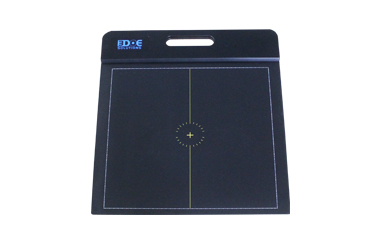
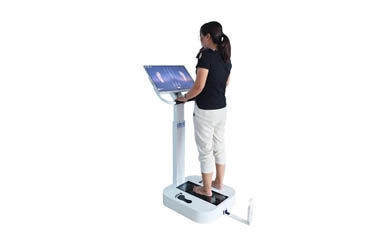
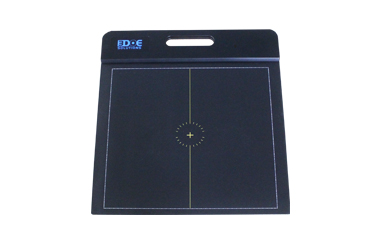
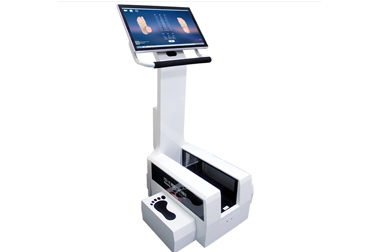
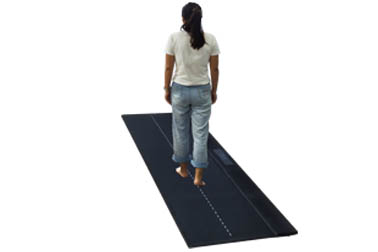
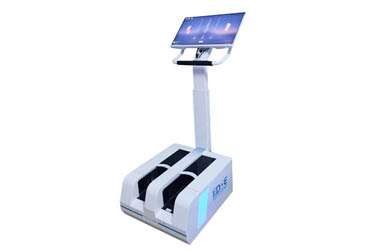



 +86-0755-86131192
+86-0755-86131192